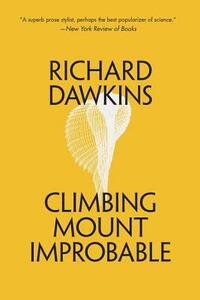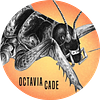Take a photo of a barcode or cover
I’m not sure how high I managed to climb the Mount Improbable.
Mr. Dawkins takes us in this book in a journey of observing nature designs and the way he picks random pieces of work and places them under the microscope for us to examine reminded me of Darwin’s Origin of species. It does help for the understanding of the big picture if you have read Darwin’s book but it’s not a requirement.
The writer makes his own pertinent statements on the subject while trying to clarify some statements of his colleague. His main idea would be that “Darwinism is not a theory of random chance. It is a theory of random mutation plus non-random cumulative natural selection”.
The most interesting idea I found is this: “It is easy to think of DNA as the information by which a body makes another body like itself. It would be more correct to see a body as a vehicle used by DNA to make more DNA itself”. According to this all the living things are mere informational containers and I agree with it. Our whole life and social behavior are driven by the idea of preserving and improving our informational baggage: be healthy, live long, and find a suitable partner who can provide the same if not better genes, and so on. We’re used even by viruses as an informational container and 3D printer.
While the subject of the book is of a pure scientific mater, the writer’s personality somehow gets in the way of it. The book is sprinkled with acid remarks targeting the adepts of creationism, ignorant people of fellow colleagues; I don’t want to know if those people are wrong or not or in what way, I’m just interested in pure facts presented in an objective way. These remarks and the somehow arrogant attitude of Mr. Dawkins prevented me from giving 5 starts to this book because it really bothered me. I hope from the peak of his Mount Improbable he will come back to earth among us, all mortal ignorant people.





